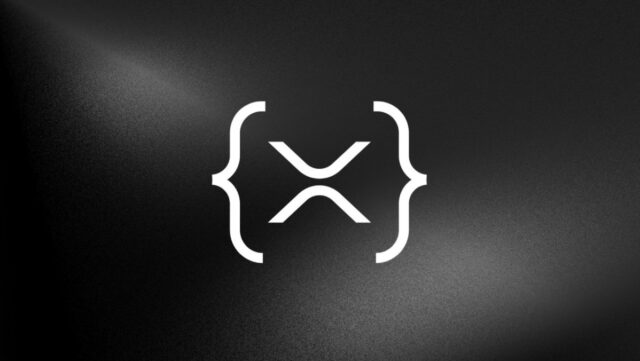- In Q2, the XRP Ledger recorded a $131.6 million market cap in tokenized real-world assets, climbing to a new high of $364 million in Q3.
- The XRPL network continues to expand its decentralized finance ecosystem, with total value locked rising to $90 million.
Messari, a leading crypto market intelligence firm, has reported that Ripple (XRP) ended the third quarter of 2025 as the fourth-largest cryptocurrency by market capitalization, reaching an all-time high quarterly close of $170.3 billion, up 29% quarter-over-quarter (QoQ).
This performance outpaced the combined market capitalization growth of Bitcoin (BTC), Ethereum (ETH), and Solana (SOL), which collectively rose by just 13.3% QoQ.
In the past year, XRP’s price has seen an increase of 406% to now be priced at $2.65, and with the Securities and Exchange Commission (SEC) expected to approve XRP exchange-traded funds soon, this number may surge past the $3.20 threshold.
XRPL’s Network Growth
The XRP Ledger (XRPL) is a decentralized, open-source blockchain launched in 2012 that enables fast, low-cost, and energy-efficient digital transactions. It was designed specifically for payments, remittances, and tokenized asset transfers.
As part of the ledger’s mechanism to maintain network integrity, XRP has burned approximately 14.2 million XRP, which is valued at around $40.5 million as of Q3.
The XRP Ledger has also recorded strong network growth, with average daily transactions rising 8.9% quarter-over-quarter, from 1.6 million to 1.8 million, while average daily active addresses increased 15.4%, climbing from 21,900 to 25,300.
Q3 marked the fifth straight quarter where active receiver addresses surpassed sender addresses on the XRP Ledger. Despite this engagement, the number of daily receiver addresses declined by 30.1% quarter-over-quarter, falling from 72,000 to 50,300, while daily sender addresses grew by 15.4%.
During the same period, the XRP Ledger handled 57 types of transactions, ranging from payments and escrow creations to NFT burns and account deletions, with Payment and OfferCreate remaining the most active transaction categories.
The report reads, “Although the XRPL’s ecosystem hosts many of the same features as programmable settlement networks, such as Ethereum, Solana, and Cardano, the XRPL does not natively support smart contracts.” To address this gap, Ripple announced plans to introduce native smart contracts directly on the XRPL.
The first of these planned extensions, called “Smart Escrows,” will allow developers to create custom release conditions for assets, a feature expected to roll out in Q1 2026.
The XRPL now hosts over 32,000 listed assets, with Sologenic (SOLO) as the dominant token, accounting for 27.9% of the total market cap at the end of Q3.
RWA tokenization and RLUSD
The real-world asset (RWA) market is projected to reach an estimated $16 trillion by 2030, and the XRP Ledger has already established itself in this sector. In Q3, the XRPL achieved an all-time high RWA market cap of $364.2 million, representing a remarkable 215.3% increase quarter-over-quarter from $115.5 million.
To date, 24 tokenized RWAs have been integrated onto RWA.xyz on the XRPL, with more expected in the coming quarters. Notable projects include Montis Group Limited (MGL), where UK-regulated Archax provides investors access to multiple RWAs on the XRPL.
Ondo’s Short-Term U.S. Government Bond Fund (OUSG), a tokenized treasury fund, allows qualified purchasers and institutions to move in and out using RLUSD, and as CNF highlighted, Ctrl Alt has issued seven tokenized real estate properties on the XRPL.
In 2024, Ripple Labs introduced its own USD-pegged stablecoin, RLUSD, entering the market to compete with established players like USDC and USDT. RLUSD had reached a combined market cap of $789.3 million across the XRPL and Ethereum, with $88.8 million of that on the XRPL alone.
This represents a 34.7% increase quarter-over-quarter, making RLUSD the largest stablecoin on the XRPL to date.
According to Messari, stablecoins on the XRPL have struggled to gain the same level of adoption seen on networks like Ethereum (ETH), TRON, and Solana (SOL). However, that may soon change. On July 18, the GENIUS Act became the first U.S. federal law specifically addressing payment-stablecoins. stablecoins on the XRPL to be passed.
The framework is expected to drive the adoption of stablecoins in payments, remittances, and cross-border flows. One survey estimated that stablecoins could facilitate $2.1 trillion to $4.2 trillion in cross-border volume by 2030.








